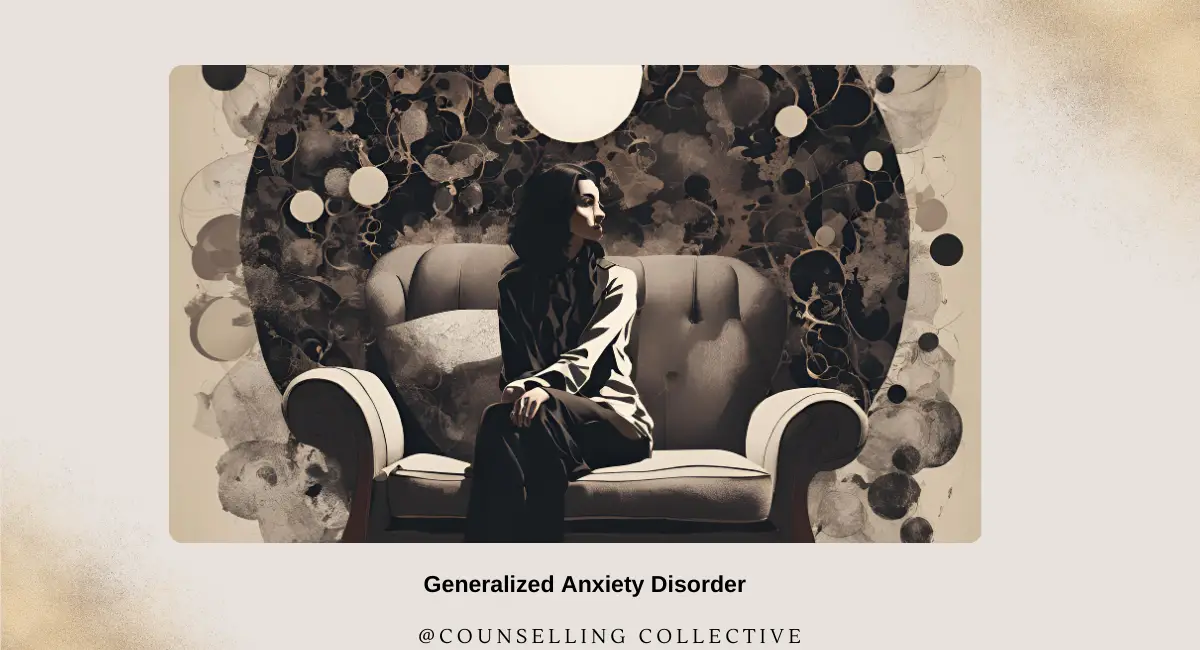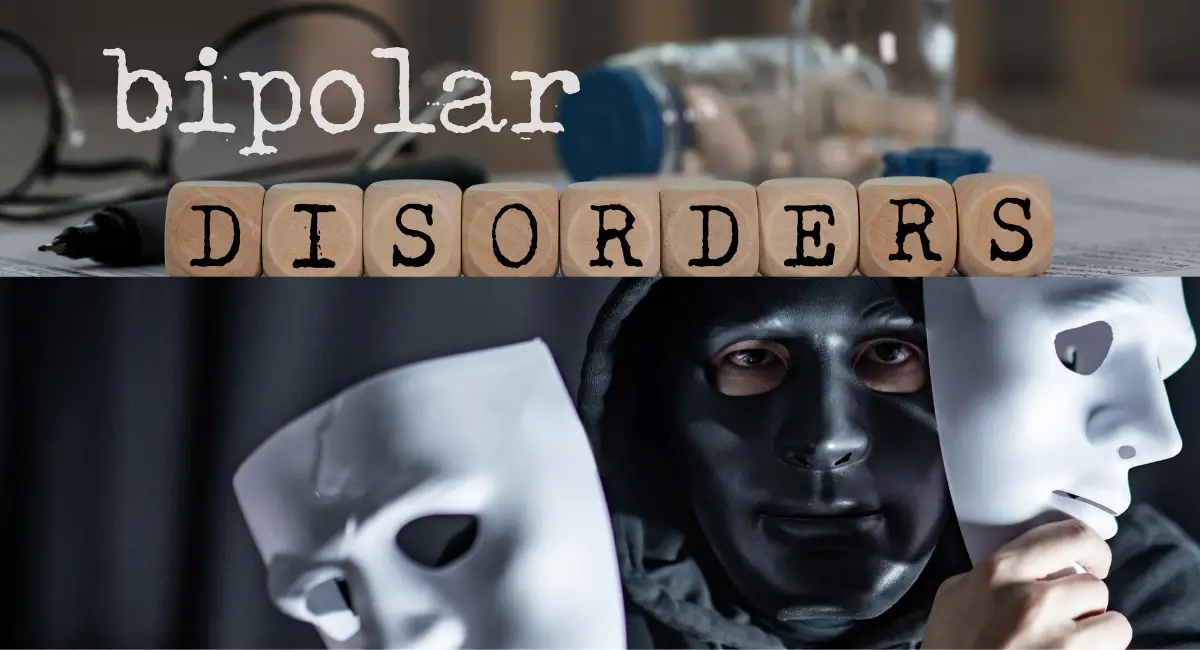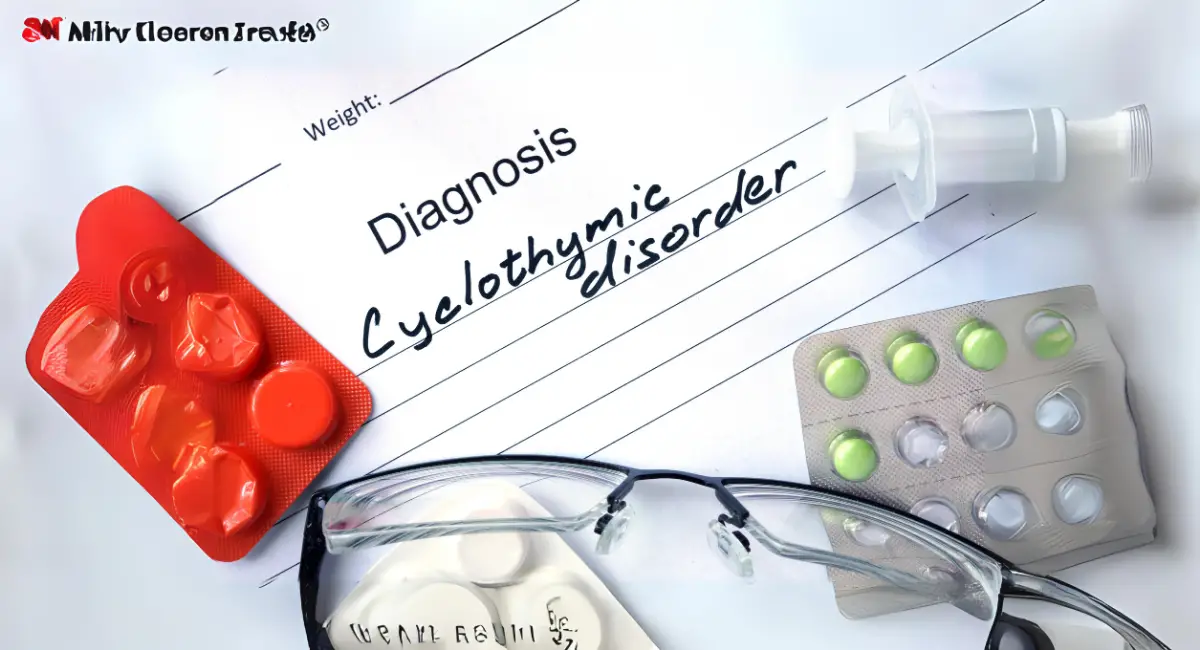
Reactive Attachment Disorder: Symptoms, Causes, and Therapy Options
Contents
- 1 Introduction
- 2 Types of Reactive Attachment Disorder
- 3 Common Symptoms of Reactive Attachment Disorder
- 4 Causes and Risk Factors of Reactive Attachment Disorder
- 5 Therapy and Treatment Options for Reactive Attachment Disorder
- 6 Long-Term Management of Reactive Attachment Disorder
- 7 Conclusion
- 8 References
Introduction
Reactive Attachment Disorder (RAD) is a severe and rare mental health condition that develops in early childhood, typically before the age of five, as a result of severe neglect, abuse, or the failure to form healthy attachments with caregivers. Children with RAD struggle to establish normal relationships and have difficulty forming emotional bonds with others. The disorder can have long-term consequences, affecting the child’s ability to trust others and engage in healthy social interactions later in life.
According to the Diagnostic and Statistical Manual of Mental Disorders, Fifth Edition (DSM-5), RAD falls under the category of Trauma- and Stressor-Related Disorders. It is primarily associated with extreme neglect and disrupted caregiving during infancy and early childhood. This article will explore Reactive Attachment Disorder, focusing on the Symptoms, Causes, and Therapy Options available.
Types of Reactive Attachment Disorder
There is only one main type of RAD as recognized by the DSM-5, but symptoms can vary in severity and how they manifest. Children with RAD may present with either inhibited or disinhibited behaviors. The key characteristic of RAD is the inability to form healthy emotional attachments, but the child’s responses to this emotional void may differ.
1. Inhibited RAD
In this subtype of RAD, the child is emotionally withdrawn and rarely seeks or responds to comfort from caregivers or others. They may appear emotionally distant and have difficulty interacting with peers or adults.
- Children with Inhibited RAD are often hypervigilant, meaning they are constantly on guard, and they may appear anxious or unresponsive to attempts at emotional connection. This pattern of behavior is thought to be a result of long-term neglect, where the child learned early on that seeking comfort from caregivers would not result in emotional support.
- These children may also struggle to show affection or recognize social cues, leading to difficulties in forming and maintaining relationships with both adults and peers.
Lily, a four-year-old girl adopted from an orphanage where she received little attention, rarely seeks comfort from her adoptive parents, even when she is hurt or upset. She avoids eye contact, and her responses to affection are limited or absent.
2. Disinhibited Social Engagement Disorder (DSED)
While technically a separate diagnosis, Disinhibited Social Engagement Disorder (DSED) is related to RAD and often presents in children who have experienced early neglect. Unlike inhibited RAD, children with DSED display overly familiar behavior with strangers and lack the appropriate boundaries that typically develop in early childhood.
- Children with DSED may approach and interact with unfamiliar adults in an overly friendly or inappropriate manner. This disinhibition may be rooted in the child’s experience of neglect, where they did not receive consistent caregiving and therefore fail to develop healthy boundaries.
- DSED can be just as concerning as inhibited RAD because the child’s lack of caution or understanding of social norms can lead to dangerous situations or difficulty forming healthy attachments.
James, a five-year-old boy who spent his early years in foster care, frequently approaches strangers in public, hugging them or asking them to pick him up. He shows little preference for his foster parents over unfamiliar adults.
Common Symptoms of Reactive Attachment Disorder
The symptoms of Reactive Attachment Disorder can vary depending on whether the child exhibits inhibited or disinhibited behaviors. Below is a table outlining the common symptoms of RAD and examples of how they manifest in daily life:
| Symptom | Description/Example |
|---|---|
| Emotional Withdrawal | The child appears emotionally detached from caregivers and others. For example, a child may not seek comfort when hurt or scared. |
| Lack of Eye Contact | The child avoids eye contact during social interactions. For example, a child may look away or avoid looking at others when spoken to. |
| Limited Response to Comfort | The child shows little or no response to being comforted. For example, a child may not react to a caregiver’s attempts to soothe them when upset. |
| Difficulty Forming Relationships | The child struggles to form emotional bonds with caregivers or peers. For example, a child may seem uninterested in making friends or interacting with family members. |
| Hypervigilance | The child is constantly on guard or alert to potential threats. For example, a child may seem anxious or wary in new situations or with new people. |
| Overly Familiar with Strangers (DSED) | The child approaches unfamiliar adults without hesitation or appropriate boundaries. For example, a child may ask a stranger for affection or treats. |
| Avoidance of Social Interaction | The child may avoid or show little interest in social activities. For example, a child may isolate themselves from group play or school activities. |
Causes and Risk Factors of Reactive Attachment Disorder
Reactive Attachment Disorder is most commonly caused by severe neglect, abuse, or disrupted caregiving during early childhood. However, there are several specific risk factors that increase the likelihood of a child developing RAD.
1. Severe Neglect or Abuse
The primary cause of RAD is early childhood neglect or abuse, where the child’s emotional and physical needs are consistently unmet. This can include situations where the caregiver is emotionally unavailable, absent, or abusive.
- Children who experience prolonged neglect or abuse during infancy and early childhood are at the greatest risk of developing RAD. The child’s brain, still in its developmental stages, fails to form the necessary neural connections for secure attachment, leading to long-term difficulties in emotional regulation and social interaction.
- Neglect or abuse can come in various forms, including emotional neglect (failing to provide affection or comfort), physical neglect (failing to provide basic needs like food or shelter), or consistent exposure to an abusive environment.
Lily spent her first two years in an understaffed orphanage where she received minimal attention and care. The lack of emotional connection during this critical developmental period contributed to her inability to form attachments later in life.
2. Disrupted Caregiving or Institutionalization
Children raised in institutions, orphanages, or those who experience frequent changes in caregivers are more likely to develop RAD. The lack of consistent emotional support from a primary caregiver disrupts the child’s ability to form secure attachments.
- When a child experiences frequent caregiver changes or is raised in an institution with limited personal interaction, they fail to develop a stable bond with a single caregiver. This disruption in attachment formation during early childhood can have long-lasting effects on the child’s emotional and social development.
- Institutionalization often deprives children of the close, nurturing relationships necessary for emotional growth, resulting in behaviors associated with RAD, such as emotional withdrawal or disinhibited social behavior.
James spent the first three years of his life in multiple foster homes, with no consistent caregiver. The constant changes in his environment prevented him from developing trust and healthy attachment to any single adult.
3. Chronic Emotional Deprivation
Children who are consistently deprived of emotional nurturing and affection, even if their physical needs are met, are also at risk of developing RAD. Emotional deprivation can occur in homes where caregivers are emotionally unavailable due to mental illness, substance abuse, or other stressors.
- Children need consistent emotional engagement from caregivers to develop a secure attachment. Emotional neglect occurs when caregivers fail to provide love, affection, or emotional support, leaving the child feeling unloved or unwanted.
- Emotional deprivation often results in the child learning that seeking comfort from adults is futile, leading to emotional withdrawal and difficulties forming future attachments.
Tom grew up in a home where his parents were emotionally distant due to their own struggles with depression. Although his basic needs were met, the lack of emotional nurturing left him feeling disconnected and emotionally neglected, contributing to his development of RAD.
Therapy and Treatment Options for Reactive Attachment Disorder
Treating Reactive Attachment Disorder requires a comprehensive approach that addresses both the emotional and behavioral symptoms while also working to build trust and emotional bonds with caregivers. Below are key treatment options:
1. Attachment-Based Therapy
Attachment-Based Therapy is one of the primary therapeutic approaches used to treat RAD. This form of therapy focuses on strengthening the bond between the child and their primary caregivers. The goal is to help the child develop secure attachment patterns through consistent, nurturing interactions.
Example: Lily’s therapist works with her adoptive parents to teach them how to provide consistent emotional support and respond to her needs in a nurturing way. Over time, Lily begins to trust her parents and form healthier emotional connections with them.
2. Trauma-Focused Cognitive Behavioral Therapy (TF-CBT)
Trauma-Focused Cognitive Behavioral Therapy (TF-CBT) helps children with RAD process the trauma they experienced in early childhood, including neglect or abuse. TF-CBT focuses on helping the child understand their emotions and behaviors while teaching them coping skills to manage distress.
Example: James, who has difficulty trusting adults due to his early experiences in foster care, works with a TF-CBT therapist to process the feelings of abandonment and mistrust he developed. Through therapy, he learns how to regulate his emotions and express his needs more effectively.
3. Play Therapy
Play Therapy is particularly effective for young children with RAD as it allows them to express their emotions and experiences through play. Play therapy provides a safe environment where children can explore their feelings and work through trauma without the pressure of verbal communication.
Example: Tom engages in Play Therapy with a therapist who uses toys, dolls, and games to help him express the emotions he feels about his early neglect. Through play, Tom is able to work through his feelings of anger and sadness in a non-threatening way.
Long-Term Management of Reactive Attachment Disorder
Managing RAD over the long term requires ongoing therapy, stable caregiving, and a supportive environment. Below are key strategies for long-term management:
- Stable Caregiving Environment: Consistent, nurturing caregiving is critical for helping a child with RAD develop secure attachments. Caregivers must provide emotional support and stability to help the child build trust.
- Consistent Therapy: Regular participation in therapies such as Attachment-Based Therapy or TF-CBT helps children with RAD process their emotions and develop healthier attachment behaviors.
- Family Involvement: Involving the entire family in the therapeutic process is essential for building strong emotional connections and ensuring that caregivers understand the child’s needs.
- Support Networks: Engaging with support groups or professionals who specialize in trauma and attachment issues can provide additional resources for caregivers and children dealing with RAD.
Conclusion
Reactive Attachment Disorder (RAD) is a complex condition that results from severe neglect, abuse, or disrupted caregiving in early childhood. Without early intervention, RAD can lead to long-term emotional and social difficulties. However, with the right combination of treatments—such as Attachment-Based Therapy, Trauma-Focused Cognitive Behavioral Therapy, and Play Therapy—children with RAD can develop healthier emotional bonds and improve their ability to form secure attachments. Long-term management strategies, including stable caregiving and consistent therapy, are essential for helping children with RAD thrive and build trust with others.
References
- American Psychiatric Association. (2013). Diagnostic and Statistical Manual of Mental Disorders (5th ed.). Washington, DC: American Psychiatric Publishing.
- Zilberstein, K. (2006). Reactive Attachment Disorder: A Review. Child and Adolescent Psychiatry and Mental Health.
- Lieberman, A. F., & Van Horn, P. (2005). Psychotherapy with Infants and Young Children: Repairing the Effects of Stress and Trauma on Early Attachment. Guilford Press.
- Cassidy, J., & Shaver, P. R. (Eds.). (2016). Handbook of Attachment: Theory, Research, and Clinical Applications (3rd ed.). Guilford Press.
- Hughes, D. A. (2006). Building the Bonds of Attachment: Awakening Love in Deeply Troubled Children. Jason Aronson.
Explore Other Mental Health Issues








